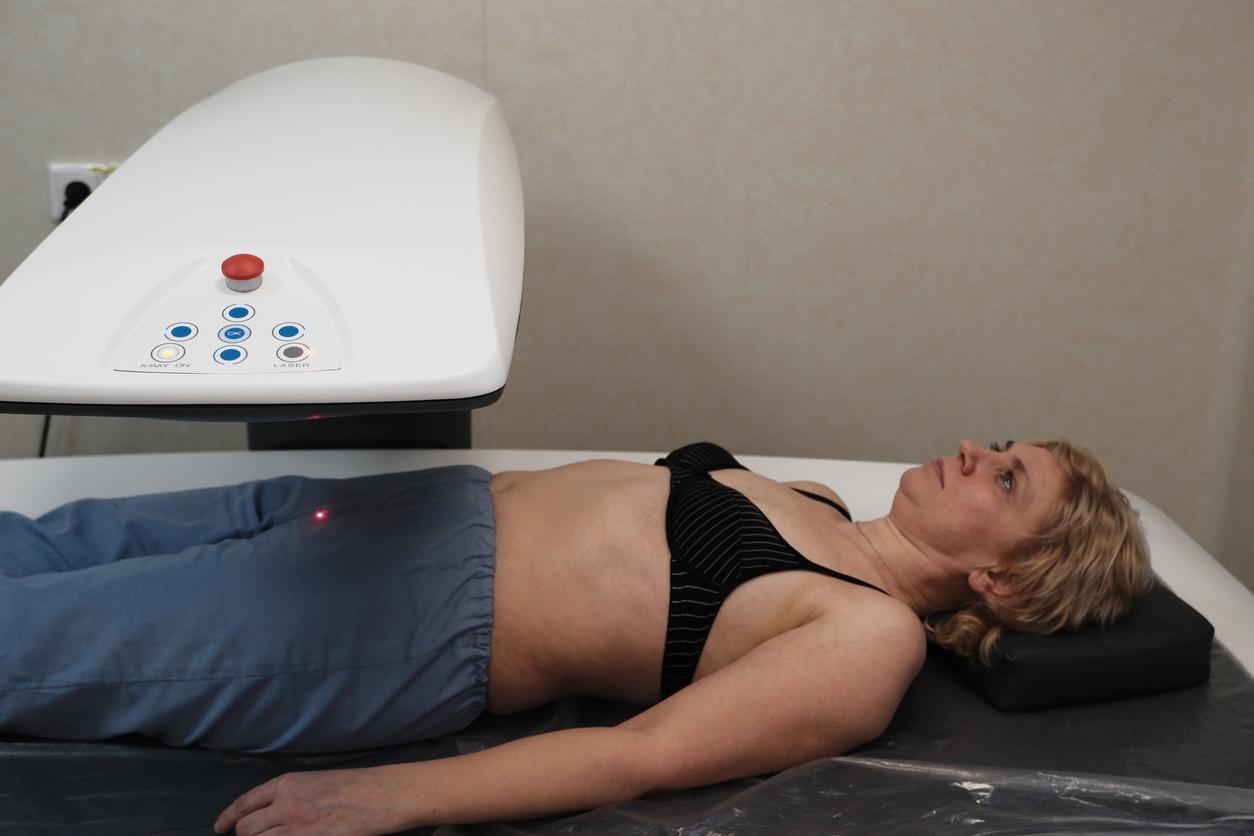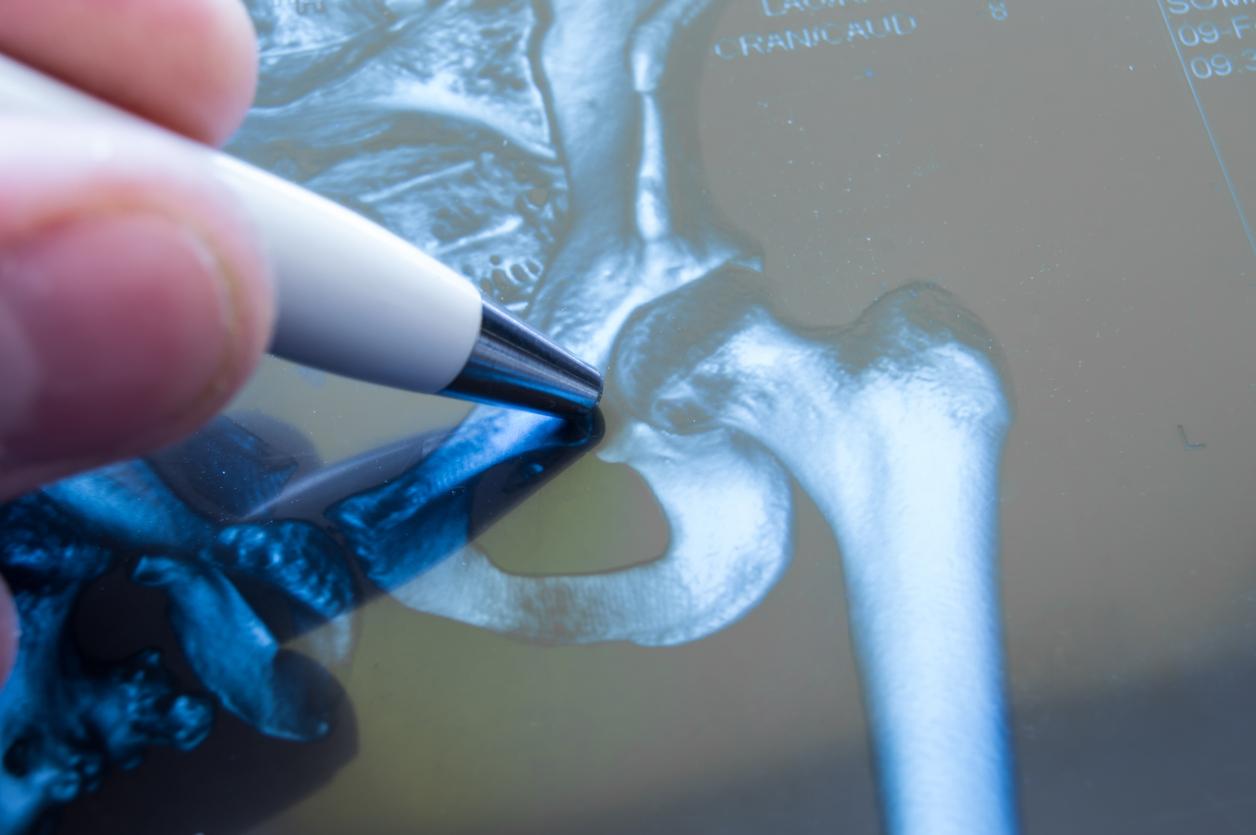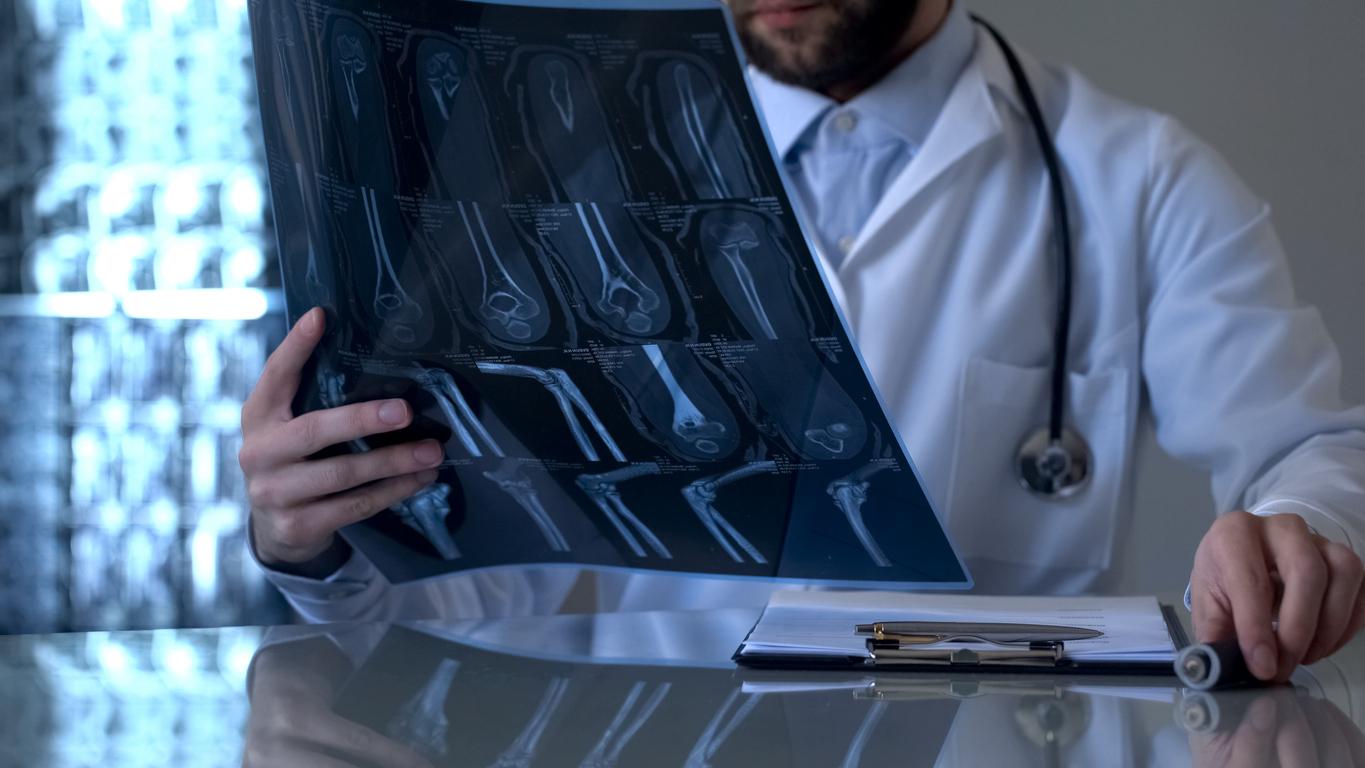That the words “man” and “osteoporosis” are never used together in American medical literature is what struck Professor Robert Adler, head of the endocrinology department at the Veterans Hospital in Richmond (USA). United). “I think that for the majority of practitioners, osteoporosis is a pathology that only affects women. “
However, for this endocrinologist, the main risk factors for osteoporosis in men are hardly different from those in women: vitamin D and calcium deficiency, smoking, hormonal changes due to age, lack of physical exercise.
But there are also typically male risk factors: Androgen hormone deprivation in men who have had prostate cancer affects bone health. And the use of steroids like the glucocorticoids used to treat COPD has the same negative effect on bone density. “However, rare are male patients who are offered a bone densitometry test, an examination that measures bone density,” explains Prof. Adler.
Femoral neck: men are not suspicious enough
To confirm his claims, Prof. Adler conducted a study of 115 men hospitalized in a urology department who were under androgen deprivation. The result: one in 3 men had osteoporosis without knowing it. “This does not surprise me because of the 2 million fractures due to osteoporosis recorded each year in the United States, about 595,000 are recorded in men” insists Professor Adler. “However, you should know that the consequences of a fracture of the neck of the femur are more formidable in men than in women: one in 3 men dies in the year following the fracture. “
Professor Adler therefore advises men to ask their doctor whether it is appropriate to undergo a bone densitometry. Remember that in France, for the Haute Autorité de santé, this examination is indicated: in the event of pathology or treatment that could cause osteoporosis (taking corticosteroids for at least 3 consecutive months for example or in the event of hyperthyroidism) and in cases of signs of osteoporosis, regardless of age and sex.

















